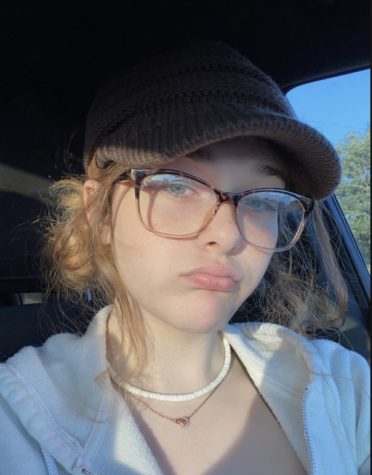The History of Halloween
October 25, 2022
October is one of the spookiest months, with the chill of fall Halloween. On October 31 kids and adults alike put on the scariest or cutest Halloween costumes to walk house to house to get delicious candy and treats.
But, why are you celebrating this yearly holiday?
In the 1840s there was an ancient Celtic festival of the religion of Samhain. This festival was celebrated like new year’s day, it took place October 31 and The Samhains stayed up dancing till the early morning of November 1. It marked the end of summer and the harvest and the beginning of the dark chilly winters. This time of year for Celts was often openly associated with death.The belief was that on the night of October 31 the world of the living and the world of the dead would blur together and the people of the dead would walk the earth again, much like the day of the dead. At the festival the participants would light bonfires and wear costumes to ward off and scare ghosts during the night.
609 A.D, Pope Boniface IV dedicated that in Rome May 13 would be a day for the honor of Christian martyrs. There was a cathlic feast of All Saints Day. But, later in the eighth century, Pope Gregory III, changed the dates from May 13, to November 1st, and designated November 1 to praise and honor All Saints, and martyis. With the dates of All Saints Day colliding, the traditions of All saints day blurred up with the Celtic festival and they started incorporating the activities. The night before November 1 was soon deemed All Hallows Eve and later developed into Halloween.
The celebration of Halloween was extremely limited in colonial New England as it caused rigid Protestants to the beliefs there. Halloween was the most common in Maryland and more Southern colonies, like New Jersey. As the beliefs and customs of European ethnic groups and the American Indians meshed, a distinctly American version of Halloween was created. The first celebrations of Halloween included “play parties” which were public events for the public to celebrate the harvest, share stories of the dead, dance, and sing. But these celebrations were not yet a noticeable celebration of Halloween, being called autumn festivals. In the second half of the 19 century America was flooded with new immigrants. These immigrants, especially the Irish, helped to popularize Halloween nationally.


